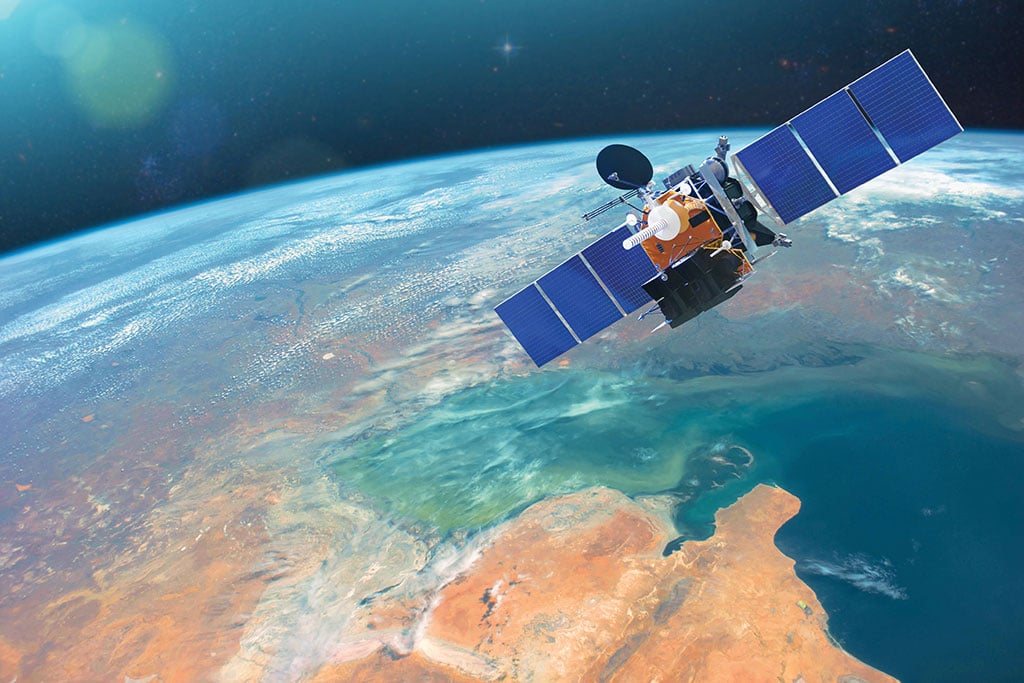Space Insurance Update: Enabling a Rapidly Evolving Industry
The space market has been very competitive over the last 15 years and we have seen a dramatic fall in premium rates.
In the last two years, there have been at least three large claims, such as last July’s failure of a Vega launch vehicle carrying an Earth observation spacecraft for the United Arab Emirates—one of the largest single losses at EUR368 million. Other recent total losses include Chinasat-18 (USD250 million) and Worldview-4 (USD183 million).

The Changing Space Insurance Landscape
Fifteen years ago, the annual market premium allowed for three maximum-value total losses before profitability waned. By contrast, the entire 2018 market premium was only 70% of the maximum single exposure. This imbalance proved to be unsustainable given the loss experience, and not only are premium rates rising again now, but certain coverage restrictions are returning under space policies.
More Challenges on the Horizon
Recently in the commercial geostationary orbit (GEO) communication satellite market, which has been the mainstay of the space insurance market in the last 35 years, orders have declined. However, the rapidly changing demand in satellite applications has led the space industry to move from large GEO communications satellites to new concepts and technologies.
The new-generation GEO spacecraft use electric propulsion for orbit raising. This technology allows for larger payloads, more onboard digital processing and more flexibility. Constellations of smaller spacecraft in low Earth orbit (LEO) and medium Earth orbit (MEO) is another industry trend.
We have already seen the launch of the first six OneWeb spacecraft with the rest of their initial constellation of 600 satellites to be launched soon. SpaceX has also launched 60 of their 30,000-spacecraft constellation, Starlink.
In response, over 100 start-up companies are entering the small launch vehicle market. The traditional launch services providers such as United Launch Alliance, Arianespace and Mitsubishi Heavy Industries are also developing new launch vehicles to compete with SpaceX and Blue Origin.
With commercial passenger sub-orbital launches imminent, human spaceflight will become more commonplace. The “NewSpace” arena also has projects ranging from active debris removal and artificial shooting stars missions to lunar gateway and space hotel concepts as well as human lunar and Mars missions.
Space insurance has always been an enabler of new projects, providing both hull and liability coverages. Despite the market and technical challenges, space insurers will continue to support the industry going forward.




